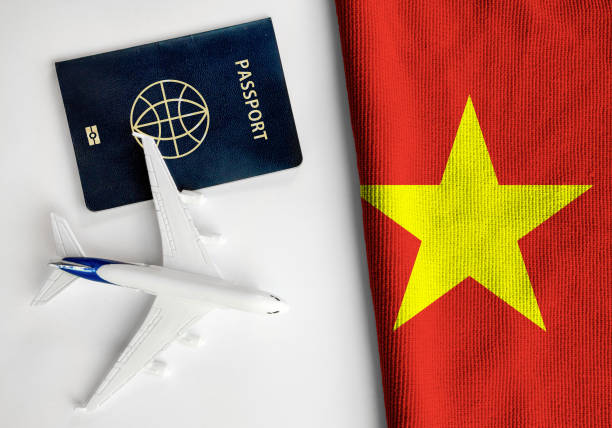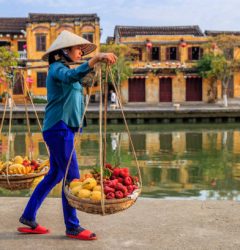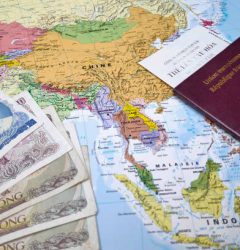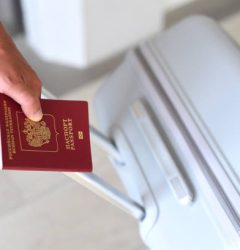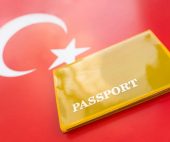Vietnam is a beautiful country located in Southeast Asia, and it has become one of the top tourist destinations in the world in recent years. With its stunning natural beauty, rich cultural heritage, delicious food, and friendly people, it’s no wonder that so many people are eager to visit Vietnam. However, before you can embark on your journey, you’ll need to obtain a Vietnam visa. In this article, we’ll provide you with everything you need to know about getting a Vietnam visa.
Types of Vietnam Visas
The type of visa you’ll need to enter Vietnam will depend on the purpose of your visit. Here are the most common types of Vietnam visas:
- Tourist visa: This is the most common type of visa for visitors who plan to stay in Vietnam for less than 30 days. You can apply for a tourist visa at a Vietnam embassy or consulate in your home country, or you can apply online for an e-visa.
- Business visa: If you’re traveling to Vietnam for business purposes, you’ll need a business visa. This type of visa allows you to stay in Vietnam for up to 90 days.
- Work visa: If you’re planning to work in Vietnam, you’ll need a work visa. You’ll need to have a job offer from a Vietnamese employer before you can apply for this type of visa.
- Student visa: If you’re planning to study in Vietnam, you’ll need a student visa. You’ll need to have an acceptance letter from a Vietnamese university before you can apply for this type of visa.
- Transit visa: If you’re only passing through Vietnam on your way to another destination, you may be eligible for a transit visa. This type of visa allows you to stay in Vietnam for up to five days.
YOU WILL LIKE: What to know about Nonimmigrant visa
How to Apply for Vietnam Visas
There are several ways to apply for a Vietnam visa, depending on your country of origin and the type of visa you need. Here are the most common ways to apply for a Vietnam visa:
- Apply for a visa at a Vietnam embassy or consulate: If there’s a Vietnam embassy or consulate in your home country, you can apply for a visa in person. You’ll need to provide your passport, visa application form, and any other required documents.
- Apply for an e-visa: If you’re eligible for an e-visa, you can apply online through the Vietnam Immigration Department’s website. You’ll need to provide your passport information, travel dates, and other personal details.
- Apply for a visa on arrival: If you’re arriving in Vietnam by air, you may be able to apply for a visa on arrival. You’ll need to apply for a visa approval letter through a travel agency or visa service, which will then be sent to you by email. When you arrive in Vietnam, you’ll need to present the approval letter and pay a visa stamping fee to obtain your visa.
Vietnam Visa Requirements
The requirements for a Vietnam visa will vary depending on the type of visa you need and the application method. However, here are some general requirements that apply to most types of Vietnam visas:
YOU WILL ALSO LIKE: A Guide on how to Apply for Nonimmigrant Visa
- A valid passport: Your passport must be valid for at least six months beyond the date of your planned departure from Vietnam.
- Passport-sized photos: You’ll need to provide one or two passport-sized photos with your visa application.
- Visa application form: You must complete a visa application form with your personal information and travel details.
- Proof of travel: You’ll need to provide proof of your travel plans, such as a flight itinerary or hotel reservation.
Visa fee: You’ll need to pay a visa fee when you apply for your visa. The fee will vary depending on the type of visa you need and the application method. For example, a single-entry tourist visa obtained at a Vietnam embassy or consulate may cost around $25-$50, while an e-visa may cost around $25. A multiple-entry business visa obtained at a Vietnam embassy or consulate may cost around $135-$220, while a visa on arrival may cost around $25-$50 for the approval letter and $25-$135 for the stamping fee.
It’s important to note that visa fees are subject to change, so it’s a good idea to check with the relevant embassy, consulate, or visa service for the most up-to-date information.
YOU WILL ALSO LIKE: How long Does it take to Get a Green Card in US
Vietnam Visa Exemptions
You may be exempt from needing a visa to enter Vietnam in some circumstances. Here are some of the most common Vietnam visa exemptions:
- Visa exemptions for ASEAN citizens: Citizens of ASEAN countries (Brunei, Cambodia, Indonesia, Laos, Malaysia, Myanmar, the Philippines, Singapore, Thailand, and Vietnam) may be exempt from needing a visa for stays of up to 30 days.
- Visa exemptions for certain countries: Citizens of certain countries, such as South Korea, Japan, Russia, and most European countries, may be exempt from needing a visa for stays of up to 15 days.
- Visa exemptions for special cases: You may be exempt from needing a visa for medical treatment, attending a funeral, or other special circumstances. You’ll need to provide supporting documentation to prove your eligibility for a visa exemption.
It’s important to note that visa exemptions may be subject to change, so it’s a good idea to check with the relevant embassy, consulate, or visa service for the most up-to-date information.
Conclusion
In conclusion, obtaining a Vietnam visa is an important step for anyone visiting Vietnam. The type of visa you’ll need will depend on the purpose of your visit. There are several ways to apply for a Vietnam visa, including through a Vietnam embassy or consulate, online for an e-visa, or on arrival at the airport.
It’s important to ensure you meet the visa requirements and have all the documentation before applying. If you’re unsure about the visa requirements or process, consulting with a travel agent or visa service is a good idea to help you navigate the process. With the right visa in hand, you’ll be able to enjoy all the wonders that Vietnam has to offer fully.
